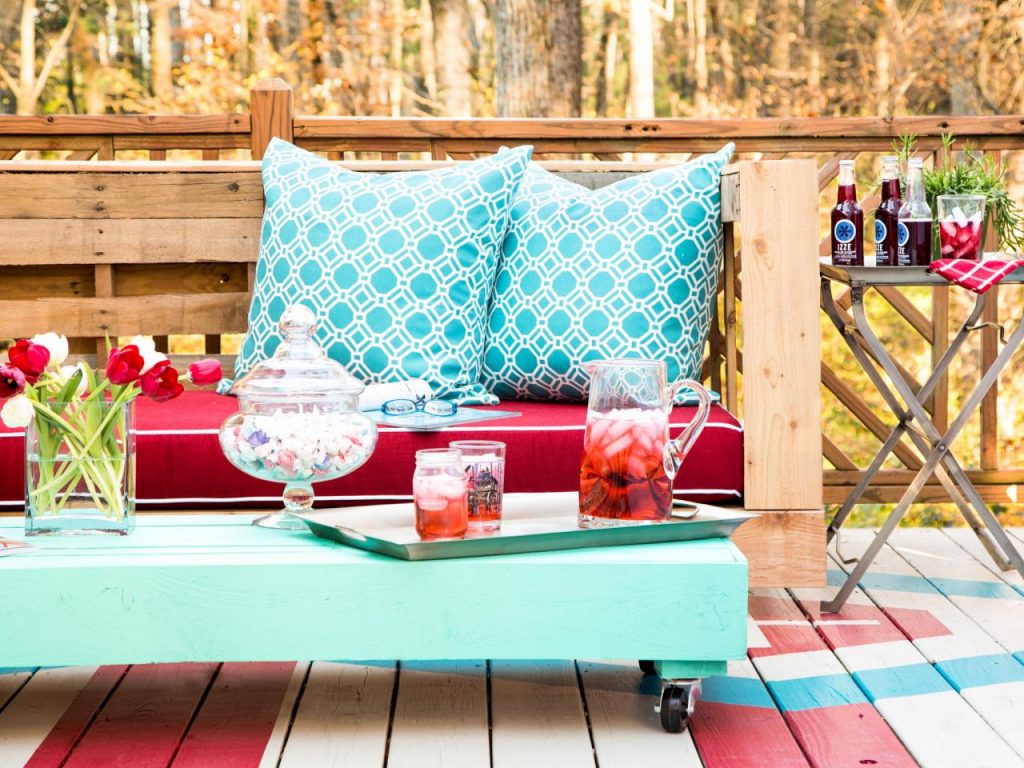Lobélie - Culture de la Fleur, Variétés, Soins et Maladies du Lobelia
La lobélie est une plante également connue sous le nom de plante cardinale. Il existe plus de 400 types différents de lobélies dans le monde entier. Elle est parfaite sur les parterres de fleurs et dans les conteneurs. Le plus grand avantage de cette plante est la facilité avec laquelle on peut en prendre soin. C'est pourquoi elle est souvent choisie par des jardiniers inexpérimentés. C'est une excellente décoration de jardin. Vérifiez ses besoins et apprenez comment prendre soin des lobélies.
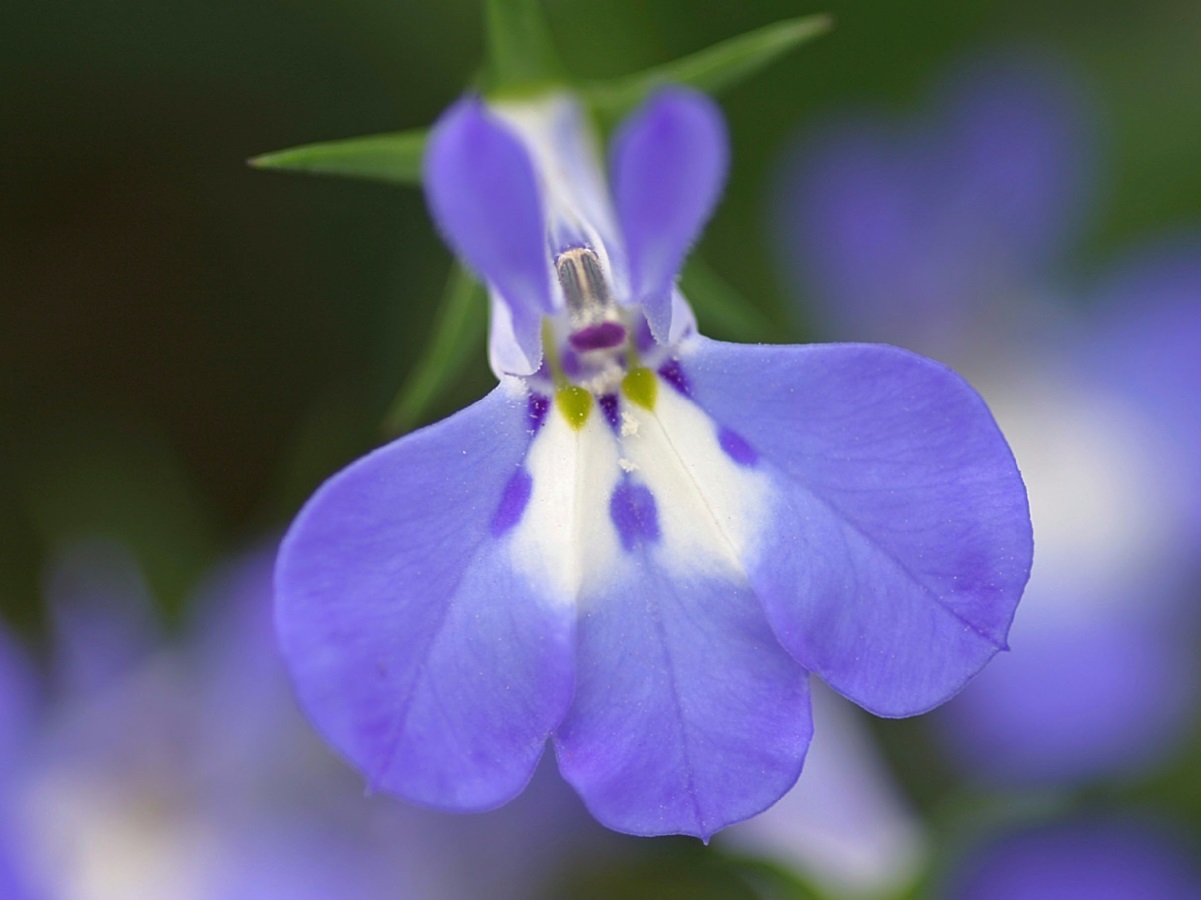
Lobelia - quel genre de plante est-ce?
La lobélie est l’une des fleurs les plus caractéristiques, cueillie principalement pour ses aspects décoratifs et sa riche floraison. L’Afrique du Sud est sa région d’origine, où elle pousse naturellement. Dans cette région, il existe quelques centaines de types de lobélies.
Le Lobelia erinus est utilisé de nombreuses façons - les variétés à fleurs suspendues sont populaires sur les balcons et les patios, tandis que les types plus courts sont souvent plantés directement dans le sol.
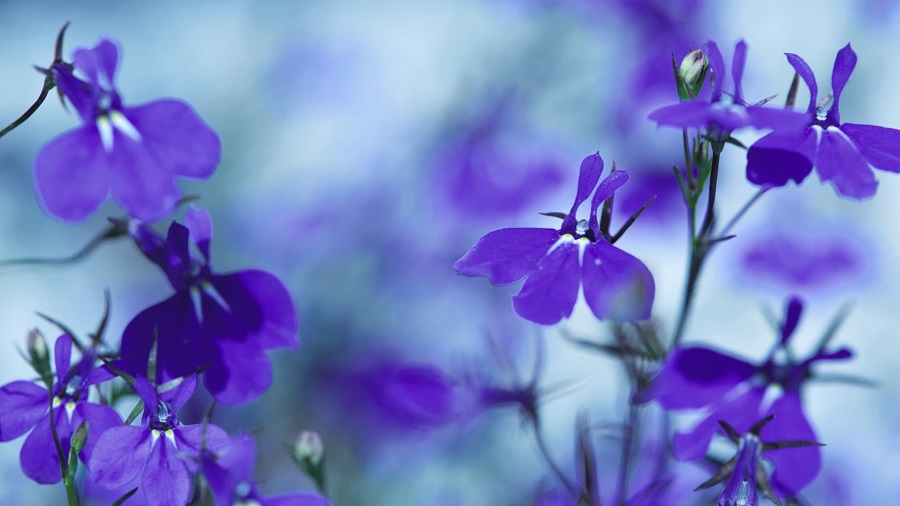
Lobélies - annuelles ou vivaces
Les lobélies sont généralement cultivés comme des plantes annuelles. Mais il existe aussi plusieurs variétés de lobélies vivaces - grâce auxquelles vous pouvez profiter plus longtemps de leur belle floraison.
Les variétés de lobélies vivaces peuvent être parfaitement combinées, par exemple avec des lys du jour et des pyréthrums. Lorsque vous décidez de votre choix, considérez quel type est le plus pratique à cultiver.
Lobélie - une fleur aux multiples variétés
La lobélie est très populaire, et grâce à la plénitude de ses variétés, on peut les utiliser pour compiler un ensemble parfait de plantes de jardin. Quelques types de lobélies sont les plus courants parmi les jardiniers du monde entier.
Lobelia erinus comprend surtout des annuelles, qui poussent jusqu’à 30 centimètres de haut. Des grappes de petites fleurs poussent sur les tiges - elles sont brillantes. Toutes les variétés sont appréciées pour leur longue période de floraison - les lobélies rouges et bleus gardent leurs fleurs jusqu’en novembre.
Il existe de nombreux types de lobélies, mais certaines variétés sont caractéristiques de leur petite taille et de leur riche floraison.
Voici les variétés de lobélies les plus populaires et les plus couramment choisies:
- ‘Crystal Palace’ - avec des fleurs bleu foncé et des feuilles brun-vert,
- ‘Blue Carpet’ - elle a des fleurs bleues caractéristiques,
- ‘Mrs Clibran’ - une lobélie bleue avec une tache blanche particulière sur les fleurs,
- ‘Rosamund’ - un lobélia rouge avec des petits points blancs sur les fleurs,
- ‘Rose Moon’ - un lobélia rose,
- ‘White Lady’ - un lobélia blanc,
- ‘Lilac’ - avec des fleurs blanc-rose,
- ‘Mitternachtsblau’ - avec des fleurs violettes.
Certaines variétés de lobélies ont de longues tiges - elles sont parfaites pour la culture en conteneurs. Elles sont généralement placées sur un balcon ou un patio. Trois de ces variétés sont particulièrement intéressantes :
- Fontaine,
- Cascade,
- Regatta.
Les fleurs de lobélies peuvent être unicolores ou présenter un mélange d’au moins deux nuances. Le bleu, le violet et l’écarlate sont les couleurs les plus fréquemment répétées des lobélies.
La grande lobélie - Lobelia siphilitica - est un type de plante vivace qui atteint même 80 centimètres de haut. Elle possède des feuilles caractéristiques, de forme ovoïde, aux bords dentelés. Cette variété fleurit en juillet, et les grappes de fleurs bleues ou blanches restent jusqu’à fin septembre. C’est une lobélie vivace - même les températures très basses de -29°C (-20,2°F) ne peuvent l’endommager, malgré l’absence de toute protection en hiver.
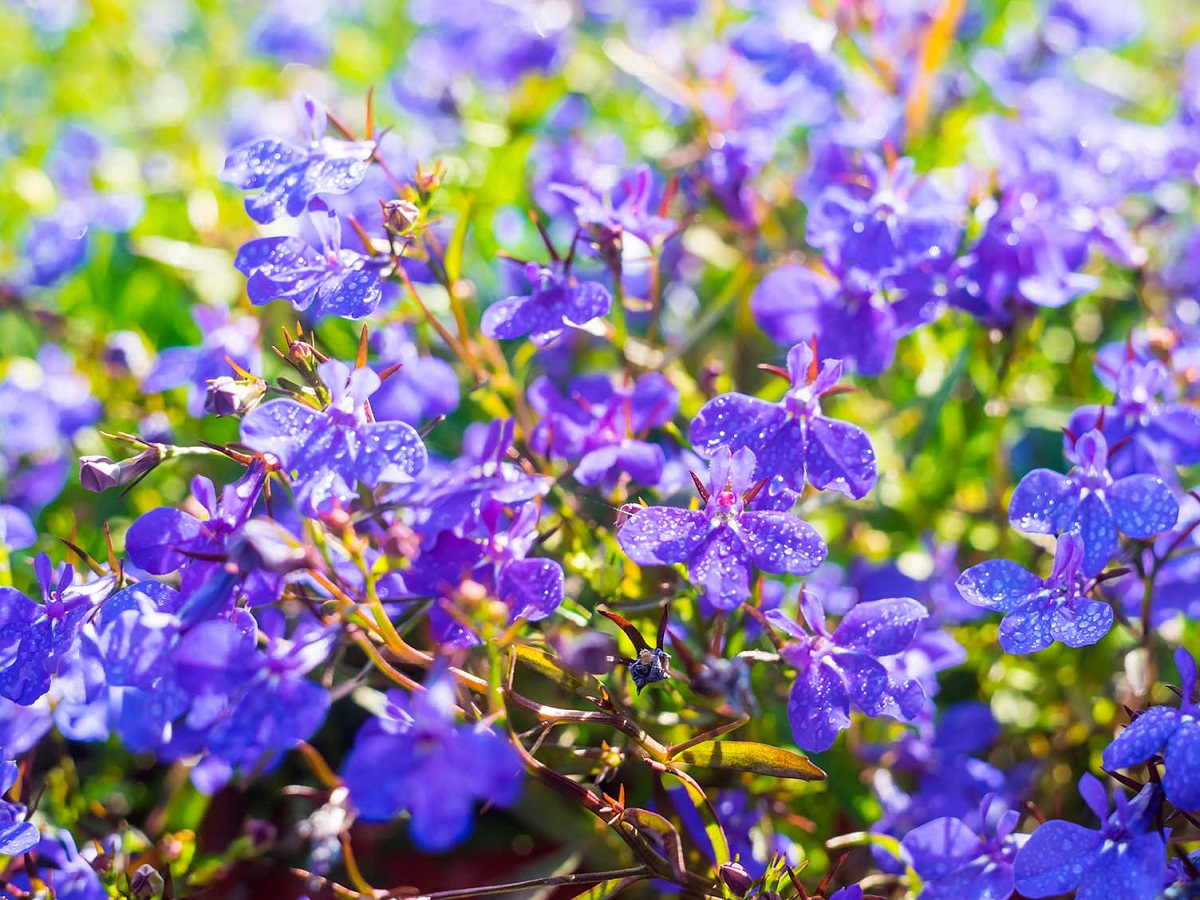
Lobelia - quelles sont ses exigences en matière de sol?
La lobélie doit être plantée dans un sol fertile et très perméable. Cette plante ne tolère pas un arrosage excessif, qui pourrait entraîner la pourriture des racines.
Si vous plantez des lobélies dans des conteneurs, assurez-vous de tapisser le fond d’une couche de matériau de drainage, qui fournit des conditions appropriées à la plante.
Le lobélia est-il exigeant quant à l’endroit où il pousse?
Les lobélies sont des plantes qui aiment la chaleur. Si vous décidez de les avoir dans votre jardin, assurez-vous de choisir un endroit en plein soleil pour eux - c’est là que le lobélia se sent le mieux. Mais vous pouvez aussi la planter à mi-ombre - dans ce cas, attendez-vous à une moins bonne floraison.
Comment semer les lobélies?
Commencez à semer les lobélies assez tôt, à l’intérieur. Semez les graines dans un sol préalablement préparé, dans lequel la plante se sent bien. Attendez les premières pousses deux semaines après avoir planté les graines. De cette façon, vous pourrez faire pousser les semis assez tôt pour les placer à l’endroit prévu dans un parterre de fleurs à la mi-mai.
Si vous avez décidé de cultiver une lobélie à longues tiges, vous pouvez la placer dans des récipients destinés à être placés sur un patio ou un balcon, ou simplement la planter en pleine terre.
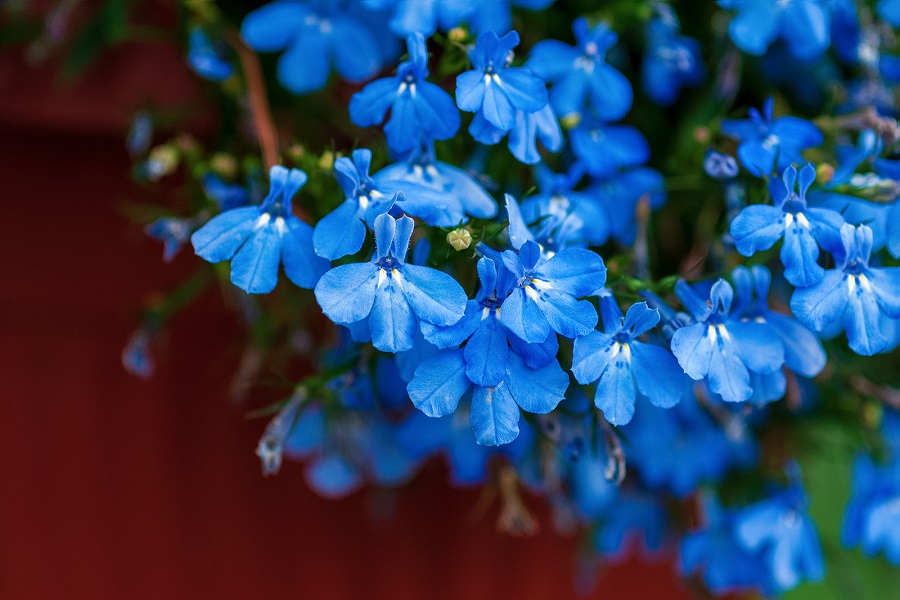
Lobélie - taille
Le lobélia doit être étêté après la floraison. Cette opération est censée encourager la plante à refleurir. C’est la seule forme de taille sûre qui ne risque pas d’endommager la plante. Notez que les tiges ne doivent être taillées qu’au sommet.
Lobélie - fertilisation
La lobélie nécessite une fertilisation systématique. La raison en est qu’elle développe beaucoup de feuillage et de fleurs épanouies.
Commencez la fertilisation au début du mois d’avril et continuez jusqu’à la fin de la saison de floraison.
Utilisez des produits à plusieurs ingrédients, conçus pour les plantes à fleurs. Apportez le mélange à la plante toutes les deux semaines.
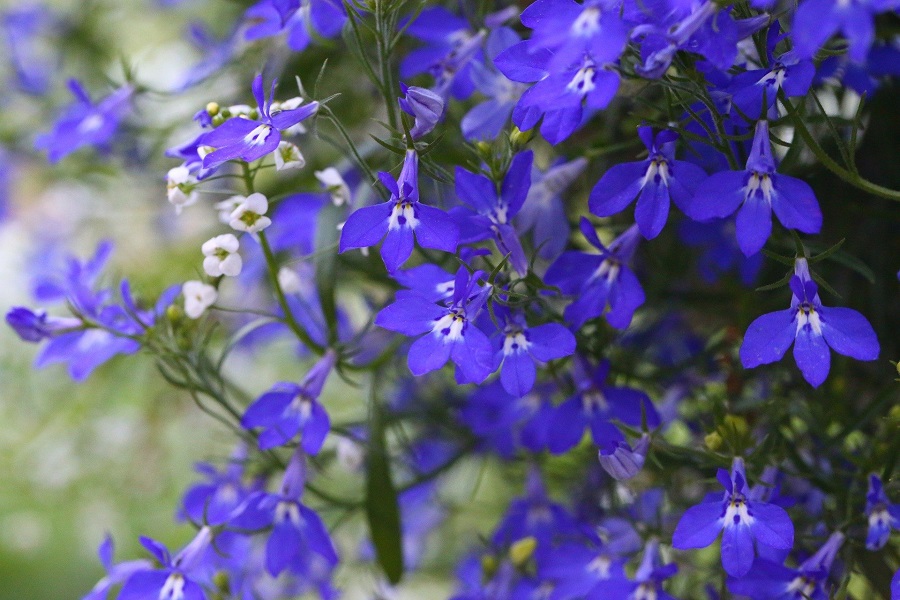
Lobelia - quelles sont ses maladies potentielles?
La lobélie est une plante qui n’aime pas les sols humides. S’il y a un excès d’humidité dans le sol, cela peut provoquer des taches noires sur les feuilles de la plante. La maladie est causée par des microbes fongiques.
Les signes typiques de cette maladie sont des mouchetures caractéristiques qui se détachent de la couleur naturelle des feuilles. Pour éviter ce problème, veillez à ce que le sol soit adapté à la plante et évitez de mouiller ses feuilles lors de l’arrosage.
Lobélia - les parasites qui attaquent la plante
Les lobélies plantés en conteneurs sont beaucoup moins vulnérables aux ravageurs populaires du jardin - les limaces. Les escargots et les limaces causent plus souvent des dommages aux plantes qui poussent directement dans le sol.
Les pucerons sont les ravageurs les plus courants qui attaquent les lobélias. Heureusement, ils sont facilement repérables sur la plante, ce qui vous permet de réagir rapidement en utilisant le bon produit. Vous pourrez ainsi éliminer efficacement le problème.
Les acariens araignée mites sont d’autres parasites qui apparaissent souvent sur les lobélias. En raison de leur petite taille et de leur répartition cachée, ils sont difficiles à remarquer. Ils apparaissent généralement au bas d’une feuille. L’utilisation d’un produit chimique approprié est le seul moyen de s’en débarrasser rapidement.
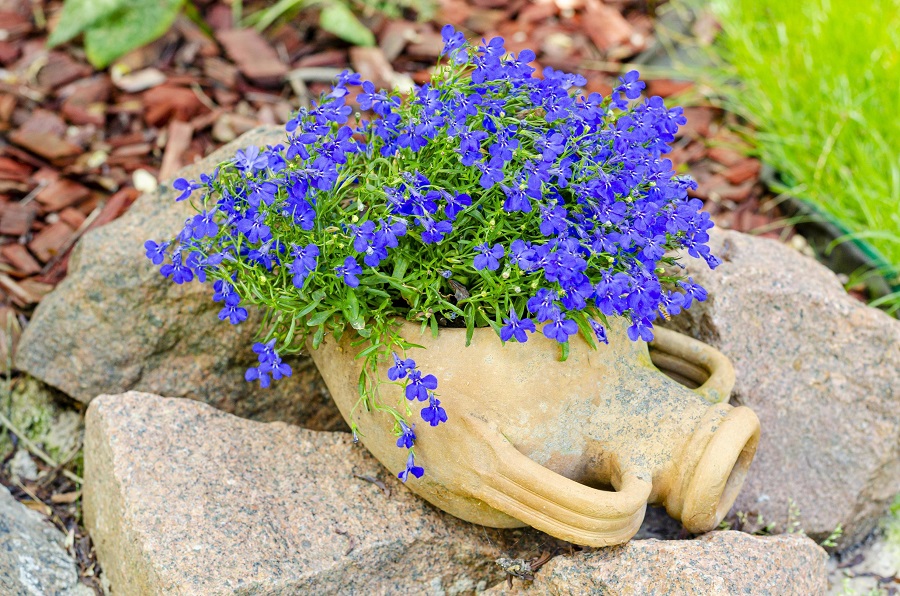
📍 Pourquoi mes lobélies se fanent-ils?
La lobélie a tendance à flétrir dans diverses situations. Les causes les plus courantes sont les méthodes de culture inappropriées ou l'exposition à des champignons qui se développent rapidement et endommagent la plante.
📍 Quand semer les lobélies?
La Lobelia erinus est une plante inhabituelle et une décoration parfaite pour chaque jardin. Prévoyez de la semer à la fin du mois de février ou au début du mois de mars. Mettez les graines dans un terreau spécial de départ et recouvrez-les d'un film plastique.
📍 Comment tailler les lobélies?
La lobélie a besoin d'être taillée correctement. Coupez juste l'extrémité des tiges pour qu'elles développent de nouvelles branches. Vous obtiendrez ainsi une plante plus touffue.
📍 Quel est le meilleur endroit pour une lobélie?
Lobelia erinus préfère les endroits ensoleillés. Mais il peut aussi pousser à mi-ombre. Vous pouvez planter les lobélies directement dans le sol ou les mettre dans des récipients.
Articles de fond




